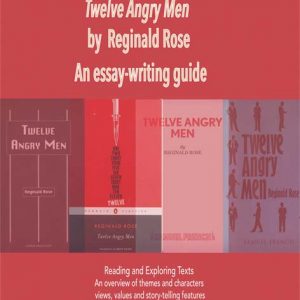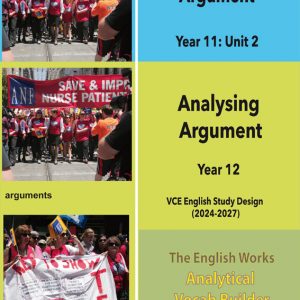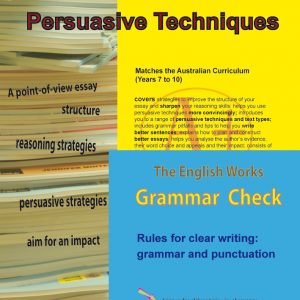How to tackle long and complex articles
Read the entire article and try to work out the two or three main viewpoints.
Read the concluding paragraphs several times and work backwards to get a strong sense of the author’s attitude and message.
Restate the viewpoints in your own words. Try to make sure you have two (or three) points that are different.
Hone in on strategic points in the text; for example, one or two specific examples that might have emotive language/descriptions. What is the specific purpose? How do they connect with the author’s views and call to action upon specific audience segments?
Don’t isolate techniques and word choices. Think about how the techniques inter-relate and complement each other.
Don’t just list techniques. Try to get some “shape” to your paragraph; ie. start with a strong topic sentence that gives your paragraph a focus; which argument technique best reinforces key ideas. Then work your close analysis.
See Yellow book,
- A controlled and sharp paragraph: pp 25 – 26; Page 27-29.
- Revise metalanguage for comparisons (there are always a series of comparisons in every text; sometimes it serves as an attack or as proof; pp 17-19; Revise Call to action: weave these phrases throughout the second half of your paragraph. P. 19
Context is everything
Avoid generic phrases; also contextualise the metalanguage, for example “the author develops a logical argument”; you must qualify this and give an example.
The author’s arguments have an emotional appeal: you must analyse the intended and specific emotional impact (fear, anger, pity, sympathy, praise, shame etc)
Please send me a paragraph plan before you write up your piece:
Sample Paragraph Plan
- Viewpoint: Raising the criminal age is not an ideal solution because young people do need to take responsibility. We should not replace the system with a process that absolves or rids the young child of responsibility.
- Argument technique: Real-life examples such as James Bulger and Patrick Slater
- The professor cites the Attorney General of Queensland who makes the express point that changing the law does not reflect the complex issues relating to youth offences and the problem is that “no one will be held accountable”.
- Word choices:
- James Bulger’s death – emotive and specific / graphic details about the planned attack and the cruel nature and shocking nature of his death. (with quotes)
- stimulates a sense of outrage that it could go “unpunished”
- specific call to action – dissuading
- Likewise, and showing a disturbing pattern ; he uses the example of another 11 year old boy “stabbed to death” a man with a screwdriver, reinforces the dangerous implications of youth violence. he entreats all members of the legal fraternity and social policy makers to realise that a cocktail of substance abuse, domestic violence and mental health are all factors that can lead to a shocking death.
,




